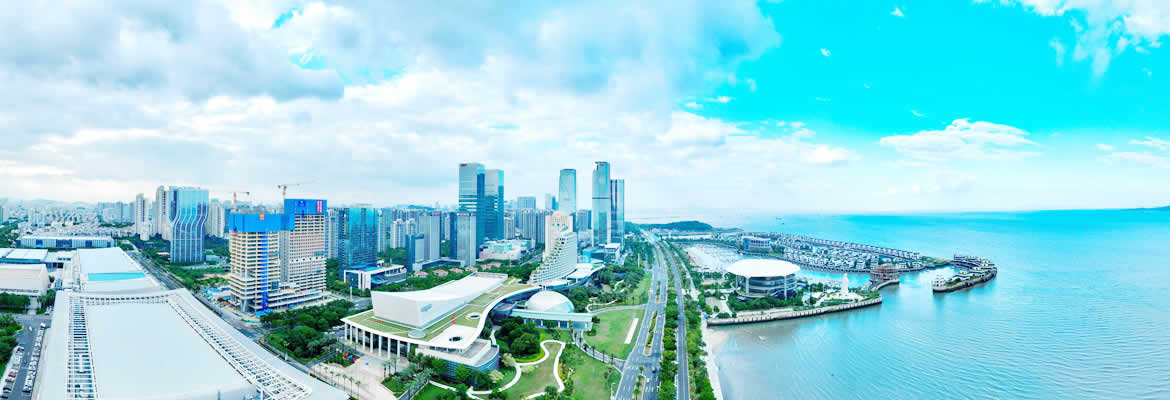Creative Stone
- C4 KANGLI SLAB MARKET, XIJIN INDUSTRIAL ZONE,SHUITOU TOWN, QUANZHOU CITY, FUJIAN CHINA
- 0086 18050103519
- vip@creativestone.com.cn
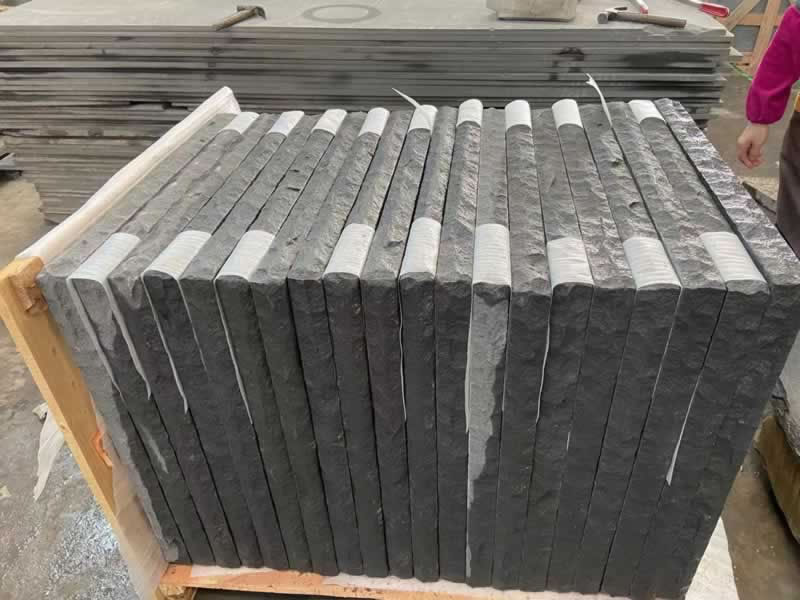
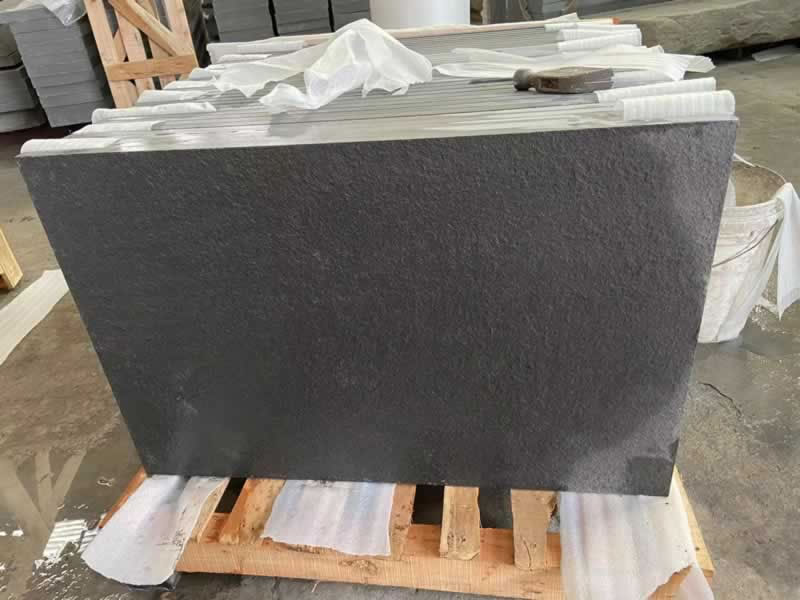
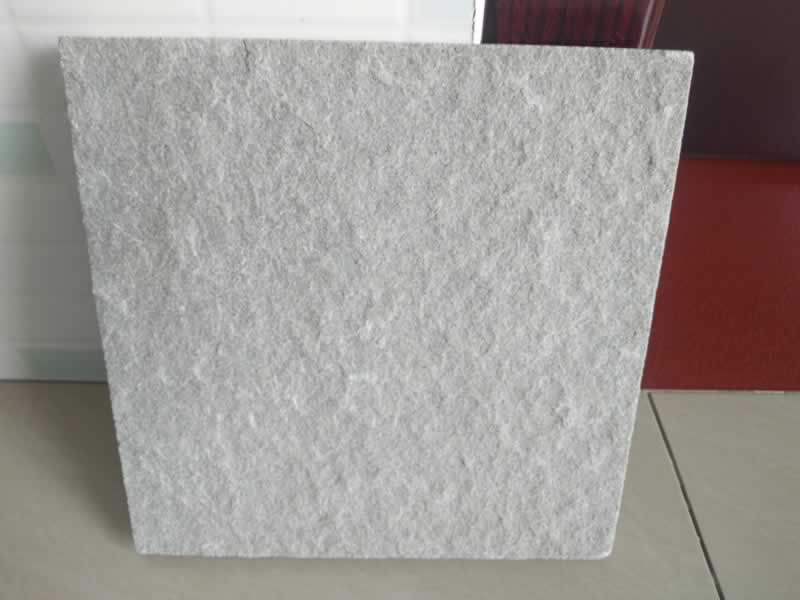
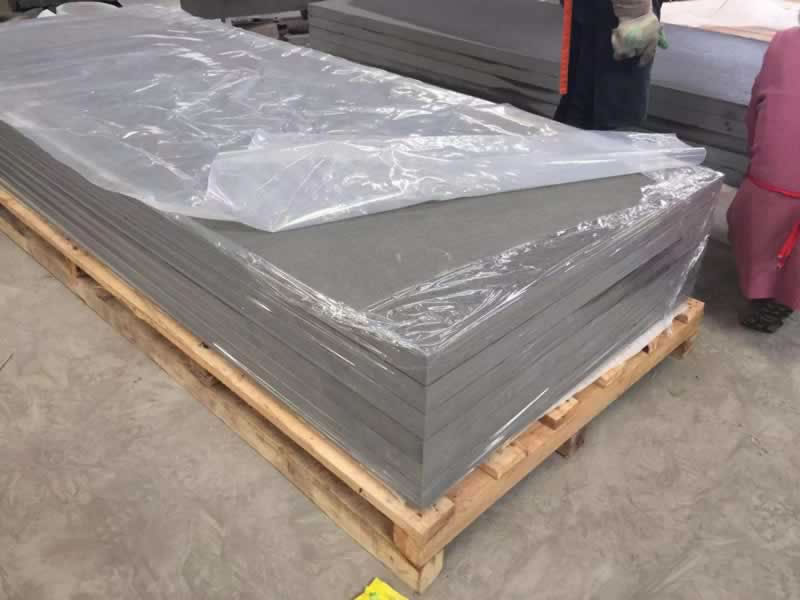
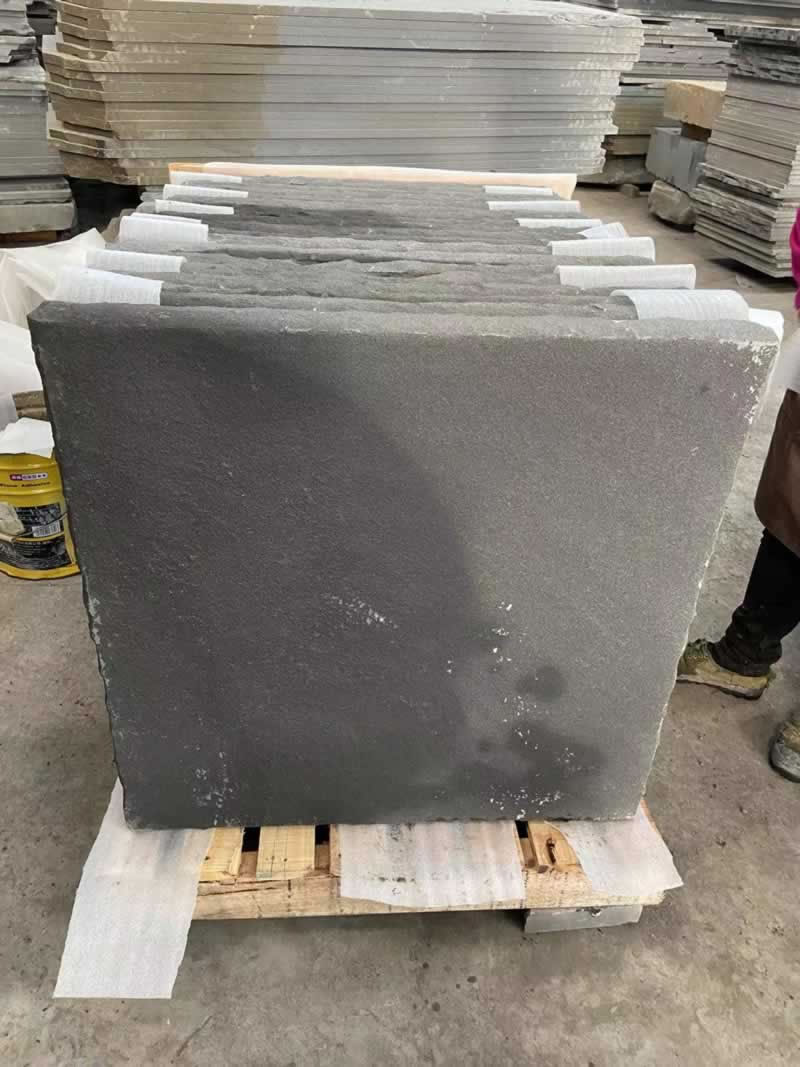
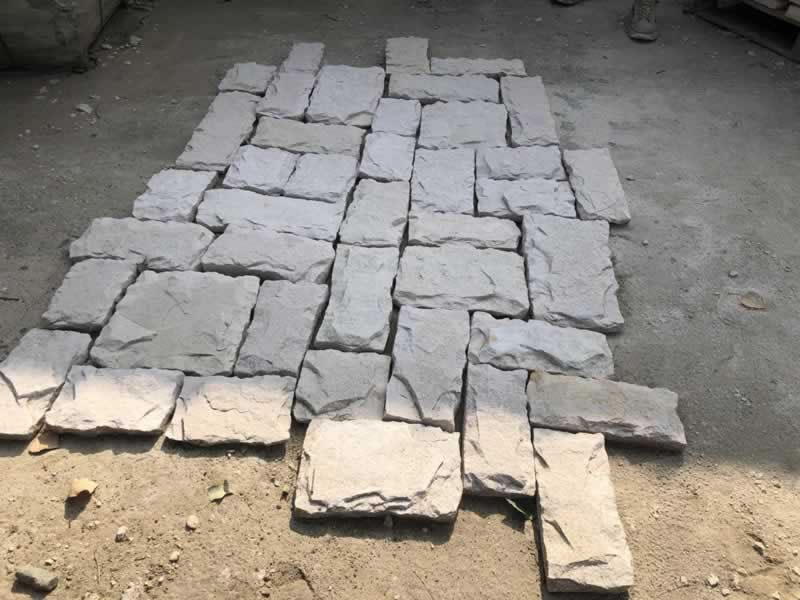
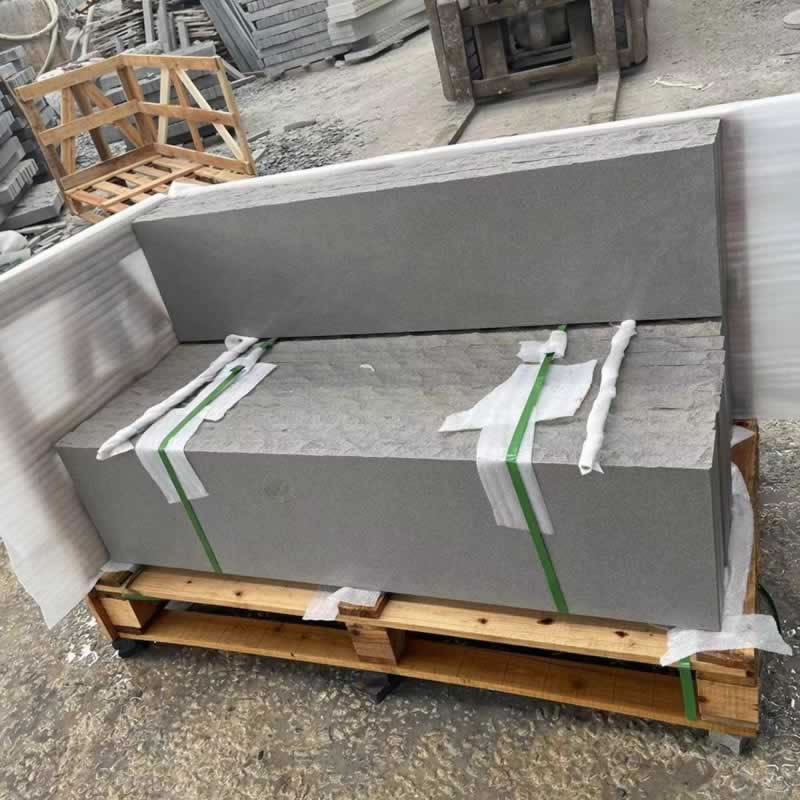
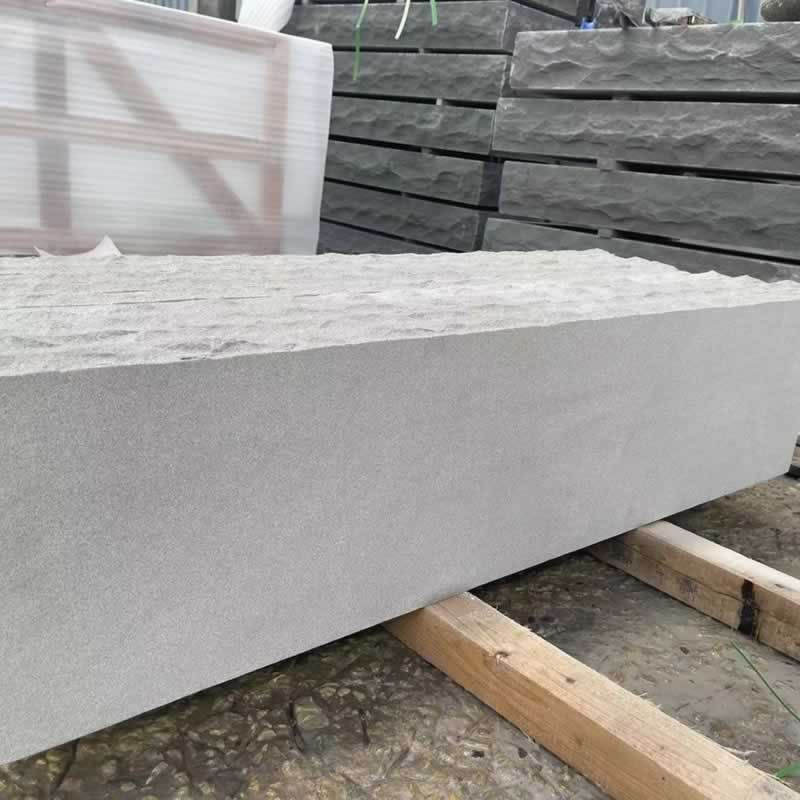
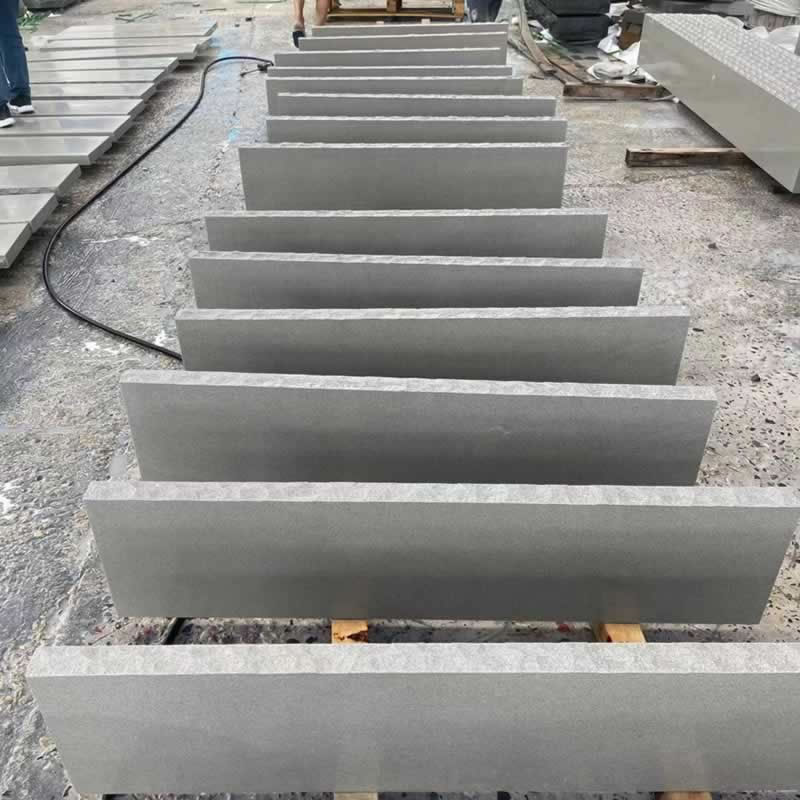
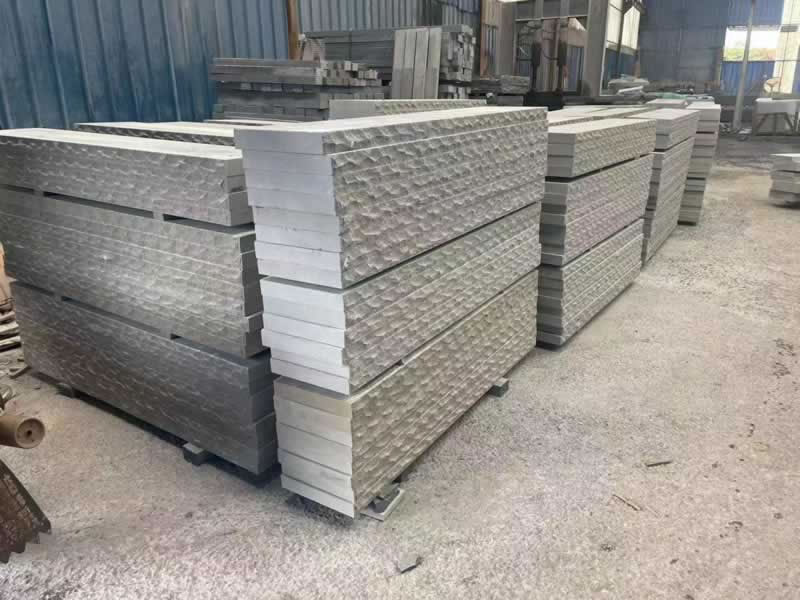
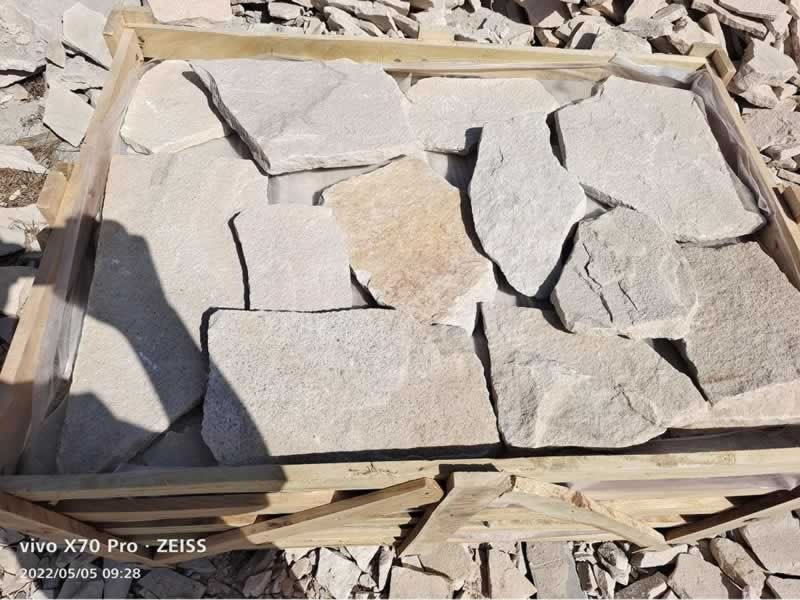
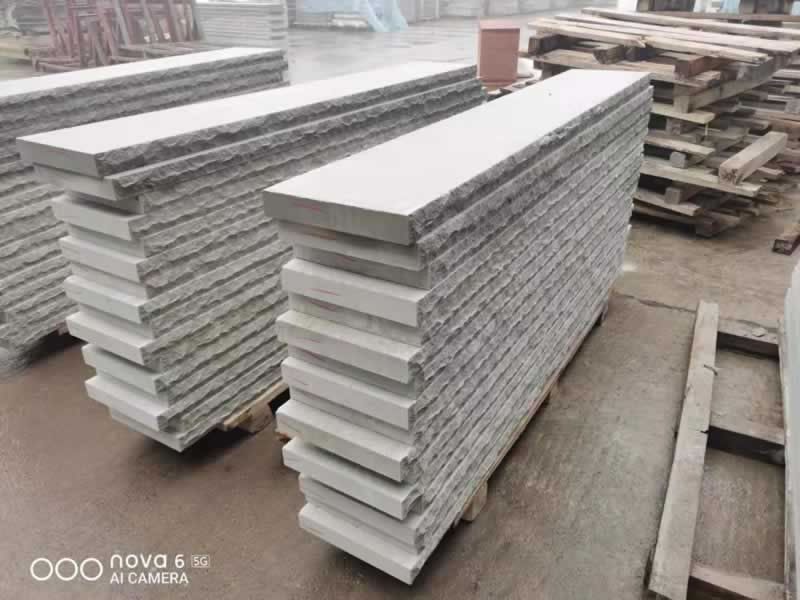
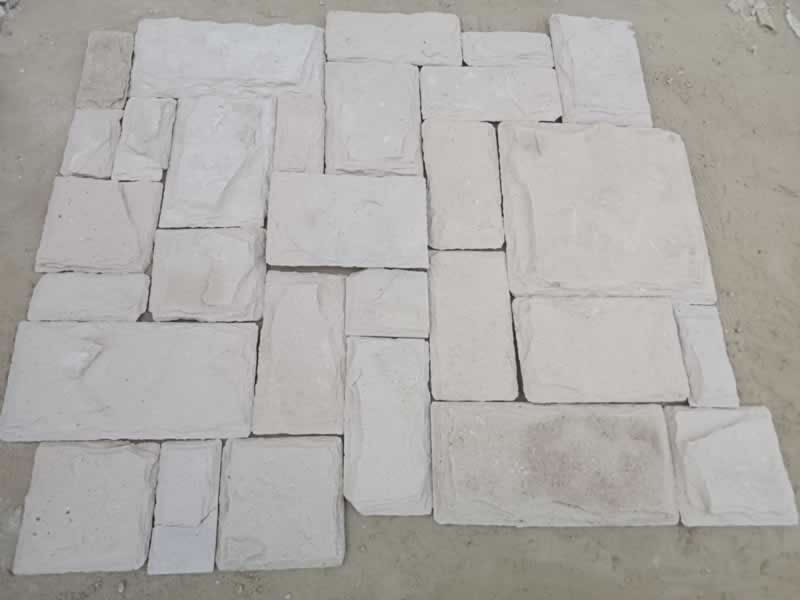
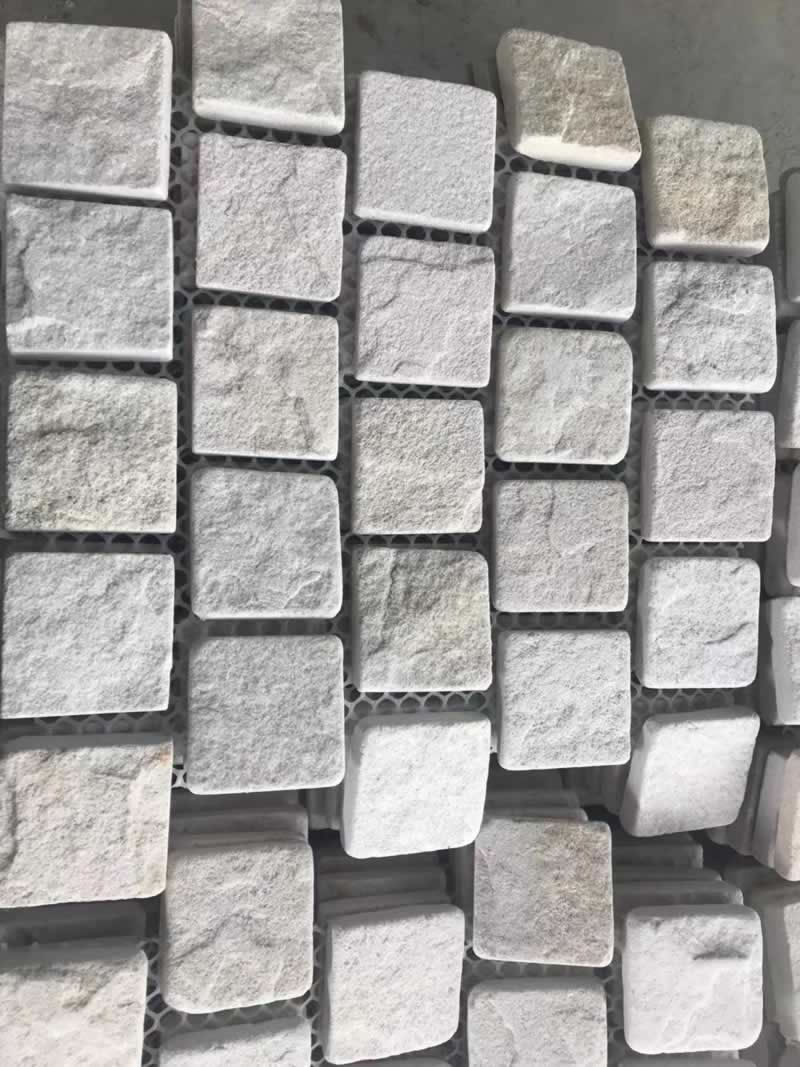
China natural sandstone, a prevalent sedimentary rock, holds significant importance in the global stone industry. It is formed through a complex process where sand grains, primarily composed of quartz and feldspar, are deposited and cemented together over long geological periods. This natural stone is renowned for its diverse colors, ranging from warm earthy tones like tan, brown, and yellow to vibrant hues such as red, grey, pink, and white.
I. Formation and Geological Background
Sandstone in China is formed in various environments. In river deltas, the continuous deposition of sand carried by water, along with the action of minerals acting as cementing agents, gradually compresses the sand into solid rock. Desert dunes and beaches also contribute to the formation of sandstone. Over millions of years, under the influence of geological movements and pressure, these sand accumulations transform into the durable sandstone we see today. The geological diversity across China, with its vast expanse of land and complex tectonic activities, has led to the formation of a wide variety of sandstone types, each with its own unique characteristics.
II. Characteristics
A. Physical Properties
- Texture: Chinese sandstone typically has a granular texture. The size of the sand grains can vary, which affects its overall appearance and workability. Finer - grained sandstones, such as those from Sichuan and Yunnan, are smoother and more suitable for detailed carving, while coarser - grained sandstones, like some from Shandong, offer a more rustic and textured look.
- Hardness: The hardness of China sandstone varies by region. Generally, sandstone from Shandong, being a type of sea - sandstone, is relatively hard and can withstand significant pressure. Some varieties can even be used as countertops or cut into thin slabs. In contrast, the mud - sandstone from Sichuan and Yunnan is softer, although still durable enough for many applications, especially those that require carving or shaping.
- Porosity: Sandstone has a certain degree of porosity. This porosity allows it to absorb and release moisture, which can be beneficial in regulating humidity in indoor environments. However, it also means that proper sealing may be required in some applications to prevent staining or water damage.
B. Aesthetic Appeal
- Color Range: The color palette of China natural sandstone is extremely rich. Sichuan sandstone, for example, boasts an array of colors including red, green, grey, white, black, purple, yellow, and cyan. This wide range of colors makes it easy to match different architectural styles and design preferences. Whether for a traditional Chinese - style building with red - toned sandstone accents or a modern, minimalist structure with white or grey sandstone facades, there is a suitable option.
- Unique Patterns and Textures: Each type of sandstone has its own distinct patterns and textures. Yunnan sandstone, due to its unique geological formation, often exhibits beautiful natural patterns such as wood - grain - like or landscape - like patterns. These patterns add an extra layer of visual interest and make each piece of sandstone truly one - of - a - kind.
III. Main Production Areas
A. Sichuan
Sichuan is one of the major sandstone - producing regions in China. The sandstone here is mainly mud - sandstone. It has fine - grained particles and a relatively soft texture, which makes it ideal for carving. The complex geological conditions in Sichuan have led to a wide variety of sandstone products. However, due to the softness of the material and relatively backward mining methods in some areas, large - scale production of slabs over 1 meter in size is challenging. In cases where small quantities are needed, disc saws can be used to cut slabs, but this results in a high breakage rate and higher costs. Despite this, there are also some harder - textured sandstones in Sichuan that can be fire - processed.
B. Yunnan
Yunnan's sandstone, similar to that of Sichuan, is also mud - sandstone with fine grains and a soft texture. However, its unique geological environment has given it distinct patterns and styles. The color range is extensive, with common varieties including yellow - wood - grain sandstone, landscape - pattern sandstone, red sandstone, yellow sandstone, white sandstone, and green sandstone. Yunnan's sandstone industry has an early start, and with relatively advanced mining and processing technologies, it can produce slabs larger than 1 meter. Nevertheless, due to the soft nature of mud - sandstone, most of its products are in the form of standard - sized boards.
C. Shandong
Shandong sandstone belongs to the category of sea - sandstone. It has a coarser particle structure and greater hardness, but it is relatively brittle. Most Shandong sandstone can be cut into large slabs over 1.2 meters, and some can even be used as countertops. Additionally, many varieties can be processed into 1 - centimeter - thick thin slabs. With sufficient hardness, it can undergo almost all types of surface treatments. The color of Shandong sandstone is relatively limited compared to Sichuan and Yunnan, mainly including red, yellow, green, purple, coffee - colored, and white, and most of them have natural patterns, except for white sandstone with faint patterns and purple sandstone with white dots.
IV. Applications
A. Construction
- Building Facades: Natural sandstone is widely used for building facades due to its durability and aesthetic appeal. It can enhance the appearance of buildings, whether it's a modern high - rise or a traditional low - rise structure. The different colors and textures of sandstone can create various visual effects, from a classic and elegant look to a more rustic and natural feel.
- Flooring: Sandstone flooring is popular for both indoor and outdoor use. Its natural non - slip property makes it suitable for areas with high foot traffic, such as hallways, patios, and commercial spaces. It also has the advantage of being able to withstand wear and tear over time.
B. Decoration
- Interior Decoration: In interior design, sandstone can be used for wall cladding, creating a warm and inviting atmosphere. It can also be used to make decorative elements such as fireplaces, mantels, and columns. Sandstone sculptures and artworks are also commonly used to add a touch of elegance and culture to interior spaces.
- Exterior Decoration: For outdoor decoration, sandstone is used to create beautiful gardens and landscapes. It can be made into garden benches, fountains, and decorative stones. In addition, sandstone is often used in the construction of traditional Chinese pavilions, bridges, and other garden structures, combining functionality with aesthetic beauty.
C. Artistic Creation
- Sculpture: The workability of China natural sandstone makes it a favorite material for sculptors. Whether it's a large - scale public sculpture or a small - scale art piece, sandstone can be carved into intricate details. Many famous sculptures in China, both ancient and modern, are made of sandstone, demonstrating its versatility in artistic expression.
- Ornamental Objects: Sandstone is also used to make various ornamental objects, such as vases, bowls, and decorative plates. These objects often showcase the natural beauty of the stone and can be used as home decor items or as gifts.
V. Market and Trade
China's natural sandstone has a significant presence in the domestic and international markets. Domestically, with the continuous development of the construction and decoration industries, the demand for sandstone is on the rise. In the international market, China sandstone is exported to many countries around the world, valued for its quality, variety, and competitive price. The sandstone products are shipped from major ports in China, reaching destinations in Asia, Europe, America, and other regions. As environmental awareness increases globally, the demand for natural, eco - friendly building materials like sandstone is expected to continue to grow, presenting great opportunities for the Chinese sandstone industry.
Here are some relevant companies:
- Xiamen Yanlin Industry & Trade Co., Ltd.: It mainly deals in natural sandstone, synthetic sandstone, artistic sandstone, etc. It is a high - quality stone sculpture enterprise that integrates mining, R & D, production and sales, and its products are sold to countries such as Japan and the Philippines.
- Xiamen Capot Stone Co., Ltd.: It is specialized in the processing, export and trade of various stone materials, including sandstone. Its products are mainly sold to Europe, North America, the Middle East and other countries and regions.
- Xiamen Dafang Trading Import and Export Co., Ltd.: As a stone production manufacturer and exporter, it specializes in granite, marble, sandstone and other products, and its products are sold to more than 30 countries and regions in Europe and America.
- Xiamen XiaSheng Import and Export Co., Ltd.: It was established in 2006, specializing in the export of marble, granite, sandstone and other products, and is a professional stone enterprise integrating production, trade and export.
- Fujian Xiamen Honghuayuan Import and Export Co., Ltd.: Its predecessor is Zhangpu Honghuayuan Stone Factory in Fujian. It is a stone enterprise with strong strength, integrating mine mining and self - operated processing and production, and its main products include sandstone, etc., which are sold to Europe, America, Japan and other places.


